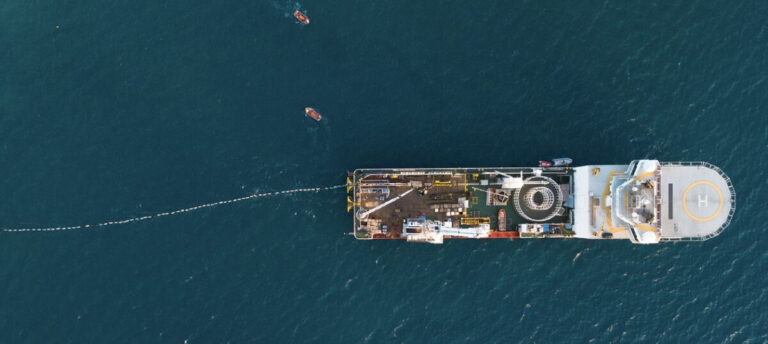The UK’s electricity regulator has approved five new undersea energy links to connect the UK with the Netherlands, Belgium, Germany, Ireland and between Northern Ireland and Scotland by 2032. Three will serve as traditional interconnectors, while two will also transport power from offshore. wind farms.
British electricity regulator Ofgem has approved five new subsea energy links to connect the UK to several European countries via the North Sea.
The five projects will be completed by the end of 2032. Three of the connections will be traditional interconnectors, while the other two will be offshore hybrid assets (OHA), which combine interconnection with electricity transmission from offshore wind farms.
“The cost to consumers of all five projects will be between £2.56 and £5 per year on individual consumers’ electricity bills between 2030 and 2055,” the regulator said. “However, Ofgem believes that the new interconnectors also provide other consumer benefits, such as greater security of supply and by providing export routes we are also supporting our offshore wind industry, reducing our reliance on importing hydrocarbons, which are subject to global price volatility .”
The approval documents state that the LionLink offshore hybrid asset (OHA) project will connect Dutch offshore wind farms to the UK electricity grid via an onshore landing in Suffolk, allowing each country to supply up to 1.8 GW of power. The second OHA project, Nautilus, will connect Belgium to the UK electricity grid via a connection point on the Isle of Grain in Kent, delivering up to 1.4 GW of capacity to both countries.
Of the traditional interconnectors, the longest is the 610 km Tarchon Energy Interconnector, connecting East Anglia and Niederlangen, Germany, with a total capacity of 1.4 GW. The Mares Connect, a 190 km cable, will run from Bodelwyddan, North Wales, to the Republic of Ireland, adding 0.75 GW of capacity. Finally, the 142 km LirIC cable will connect Kilroot in Northern Ireland to Hunterston in Ayrshire, Scotland, providing an additional 0.7 GW.
“With Britain expected to become a net energy exporter by the 2030s, these connections will equip us with leading technology to export more of our excess clean energy abroad,” said Akshay Kaul, Director General of Infrastructure from Ofgem. “They will also provide better access to energy imports, which together with domestic low-carbon energy sources such as nuclear and biomass will provide essential back-up energy sources when renewable generation is more limited here.”
This content is copyrighted and may not be reused. If you would like to collaborate with us and reuse some of our content, please contact: editors@pv-magazine.com.


